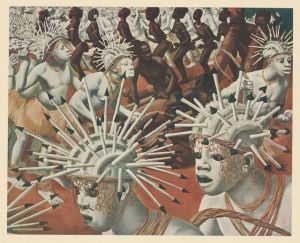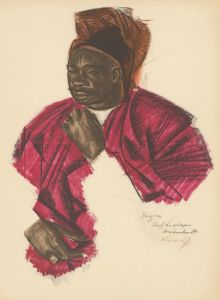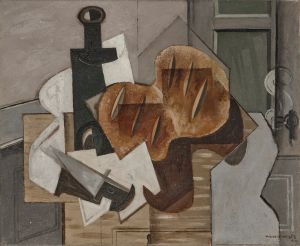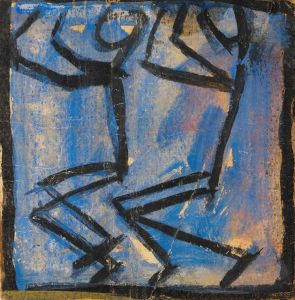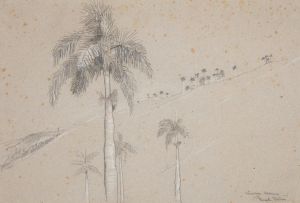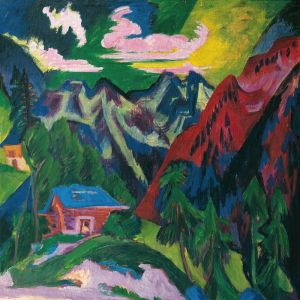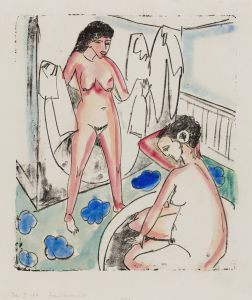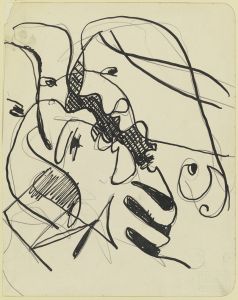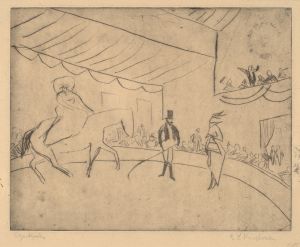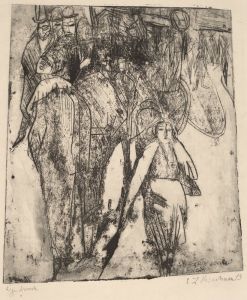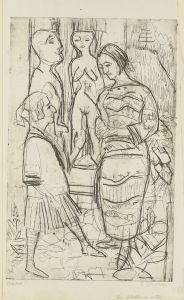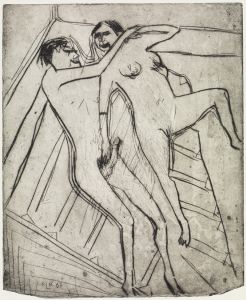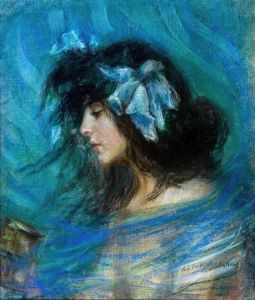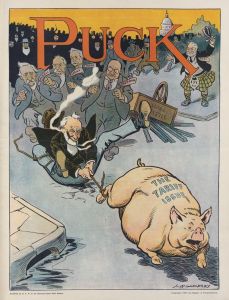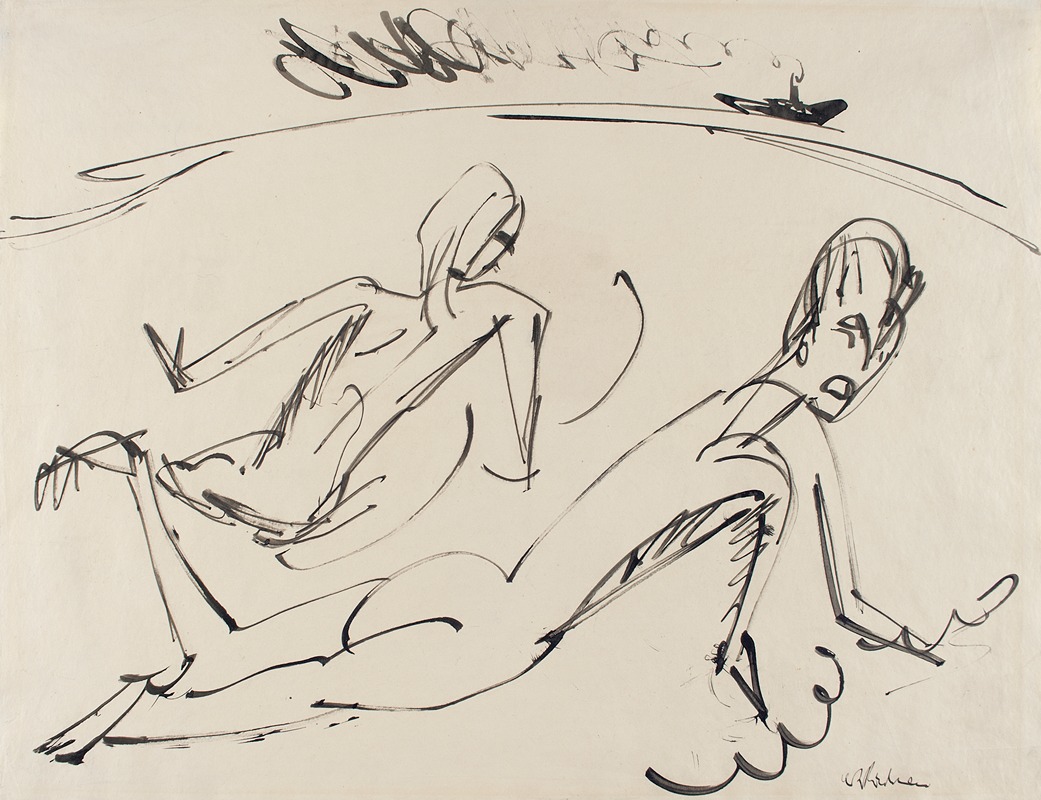
Deserted Island
A hand-painted replica of Ernst Ludwig Kirchner’s masterpiece Deserted Island, meticulously crafted by professional artists to capture the true essence of the original. Each piece is created with museum-quality canvas and rare mineral pigments, carefully painted by experienced artists with delicate brushstrokes and rich, layered colors to perfectly recreate the texture of the original artwork. Unlike machine-printed reproductions, this hand-painted version brings the painting to life, infused with the artist’s emotions and skill in every stroke. Whether for personal collection or home decoration, it instantly elevates the artistic atmosphere of any space.
Ernst Ludwig Kirchner was a prominent German expressionist painter and one of the founding members of the artist group Die Brücke (The Bridge), which played a crucial role in the development of modern art in the early 20th century. Kirchner's work is characterized by its bold use of color, dynamic compositions, and emotional intensity. Among his many works, "Deserted Island" is one that reflects his unique style and artistic vision.
"Deserted Island" by Ernst Ludwig Kirchner is a painting that embodies the expressionist movement's emphasis on conveying emotional experience rather than physical reality. Kirchner's work often features vivid colors and distorted forms, aiming to express the artist's subjective perspective and emotional response to the world around him. This painting is no exception, as it captures a sense of isolation and introspection, themes that were prevalent in Kirchner's work, especially during periods of personal turmoil.
The painting likely dates from a period when Kirchner was deeply influenced by the landscapes and environments he encountered. His move to the Swiss Alps during World War I had a profound impact on his work, as he sought solace and inspiration in the natural world. The isolation of the mountains and the tranquility of the landscapes provided a stark contrast to the chaos of the war, and this duality is often reflected in his paintings from this period.
In "Deserted Island," Kirchner's use of color is particularly striking. The palette is both vibrant and somber, with bold contrasts that evoke a sense of both beauty and desolation. The composition may feature exaggerated forms and sweeping lines, typical of Kirchner's style, which serve to heighten the emotional impact of the scene. The island itself, as suggested by the title, is devoid of human presence, emphasizing themes of solitude and introspection.
Kirchner's work was heavily influenced by non-European art, particularly African and Oceanic art, which he admired for its perceived authenticity and emotional directness. This influence is evident in his approach to form and composition, as well as in his desire to break away from traditional European artistic conventions. "Deserted Island" may reflect this influence in its abstracted forms and the emotional intensity of its execution.
Throughout his career, Kirchner faced numerous personal challenges, including struggles with mental health and the impact of political events on his life and work. These experiences often found expression in his art, which served as both a refuge and a means of processing his emotions. "Deserted Island," with its themes of isolation and introspection, can be seen as part of this broader narrative within Kirchner's oeuvre.
While specific details about "Deserted Island" may be limited, the painting remains an important example of Kirchner's expressionist style and his ability to convey complex emotional states through his art. It reflects both the personal and artistic journey of one of the 20th century's most influential expressionist painters.





